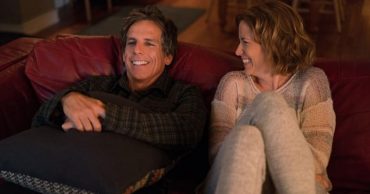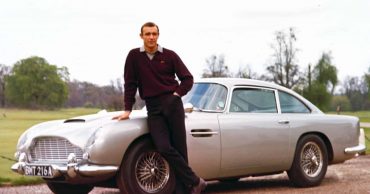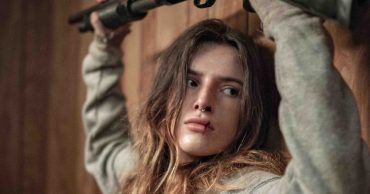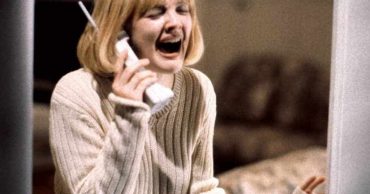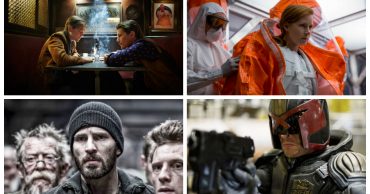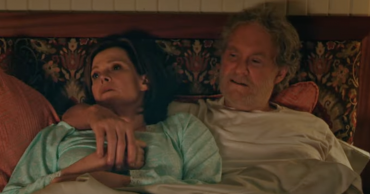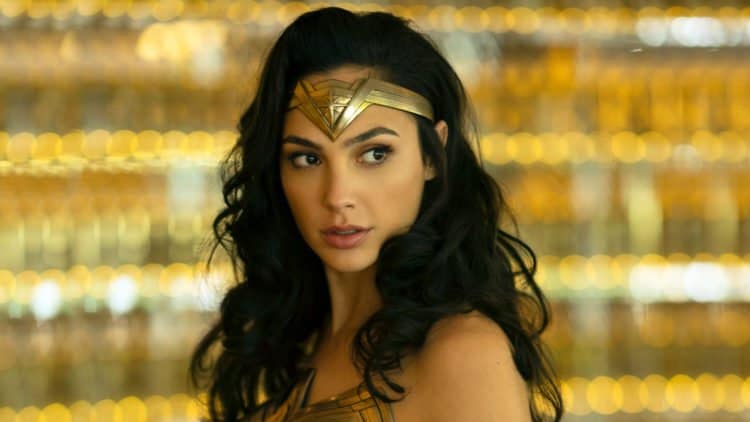
In 2017, the live-action adaptation of the classic comic book hero broke barriers for the genre as a whole. However, in the eyes of executives, Wonder Woman was a hugely profitable film that made nearly $1 billion worldwide. Nearly four years later, Wonder Woman 1984 was released and the feature was surprisingly met with a disappointing critical rating. Being in the early stages of the coronavirus pandemic, it was never expected for Wonder Woman 1984 to make nearly a billion dollars again. However, once audiences checked out the movie for themselves then the once highly anticipated sequel slowly lost its buzz as time went on.
In Wonder Woman 1984, the film follows Diana Prince in the 1980s, who’s successfully living a life curating ancient artifacts. However, the titular superhero’s life is thrown for a loop when Maxwell Lord and Cheetah disrupt the status quo. Wonder Woman 1984 ended its box office run by making nearly $200 million; Which in retrospect isn’t too bad of a number since most theaters were shut down during this time. According to Forbes, Wonder Woman 1984 was easily the most watched movie during Christmas weekend edging out Pixar’s Soul. However, the key thing is that Wonder Woman 1984 fizzled out over time. The feeling is that Wonder Woman 1984 just wasn’t on par with the original film and its lengthy runtime certainly didn’t help. Still, Wonder Woman 3 is expected to be released to close out the adventures of Diana Prince, though a release date has yet to be confirmed. So why am I labeling Wonder Woman 1984 a commercial and critical failure despite the circumstances preventing the movie from coming close to reaching its true box office potential? Because the movie was unable to maintain the hype that got fans buzzing after the first Wonder Woman. Let’s go deeper into the reasoning on why Wonder Woman 1984 was both a commercial and critical failure.
Wonder Woman 1984 Was A Muddled Mess. Sometimes an artist can get in their own way; Patty Jenkins has been vocal about the studio interfering with the first Wonder Woman movie; however, the filmmaker had more of her own voice in the sequel. The studio originally wanted to cut the mall and Amazon scene in 1984; however, Jenkins fought tooth-and-nail to keep them in the film: “It was the success of the first film, but it was also something else. I wouldn’t [have] jammed it in there because of the success of the film, because it actually made the movie too long, ” Jenkins told JoBlo. “We have two openings in our movie, and we would talk about it with the studio all the time, and they would say, ‘You’ve got to cut the mall and the Eighties, or you’ve got to cut the Amazons. ‘I was like, ‘We can’t, we can’t cut either.”
The issue is that the mall scene doesn’t serve much of purpose other than to give audiences some Wonder Woman action. The Amazon scene actually does come into play so I understand why Jenkins wanted that moment incorporated into the film. However, I bring up Jenkins having more control over the sequel because Wonder Woman 1984 feels more like an arthouse film than a superhero flick. There are several baffling choices through the feature that should’ve been examined further, notably the return of Steve Trevor and how that story is handled. Woman Wonder 1984 isn’t a bad film and the actors are what keep the movie alive; however, it appears that Jenkins forgot what made the first film such a winning formula; which is a healthy mix of action, drama, and well…Wonder Woman! The sequel notably lacks much action and the multiple storylines never gel together. Plus, the plot is a bit convoluted. The hurdles the film goes through for the Steve Trevor plot device is lazy and uninspired, and it actually makes Wonder Woman look bad in the process. We’re told that another guy is in the body of Steve Trevor, which is a confusing mess that’s never explained. Diana uproots another man’s life just to selfishly bring back her true love. Though Diana reverses the wish towards the end of the film, it doesn’t undo the damage of some poor soul being used as a vessel for Steve Trevor’s body.
The cheetah storyline was incredibly disappointing. It’s a plot device that’s been used a thousand times before: The unattractive girl (a beautiful Kirsten Wiig pretending to be klutzy and unattractive) gains strength and power as the film develops along. This is Cheetah, one of Wonder Woman’s greatest rivals. I like that they tried to keep the friendship dynamic; however, the original backstory of Barbara Ann Minerva was stronger. Wonder Woman 1984 should’ve kept it simple and focused on Cheetah alone. The tragic story of the character and her wanting revenge because she blames Diana for her transformation is a more compelling arc than what Jenkins presents. I get being an artist, but it appears that Jenkins got in the way of Wonder Woman 1984. It didn’t have the excitement or thrills that the first film had nor did it add anything interesting to the DC Universe. There are definitely worse DC superhero films out there; however, WW 1984 is a bland mess that actually hinders the brand more than helps.DC Universe
 Follow Us
Follow Us
